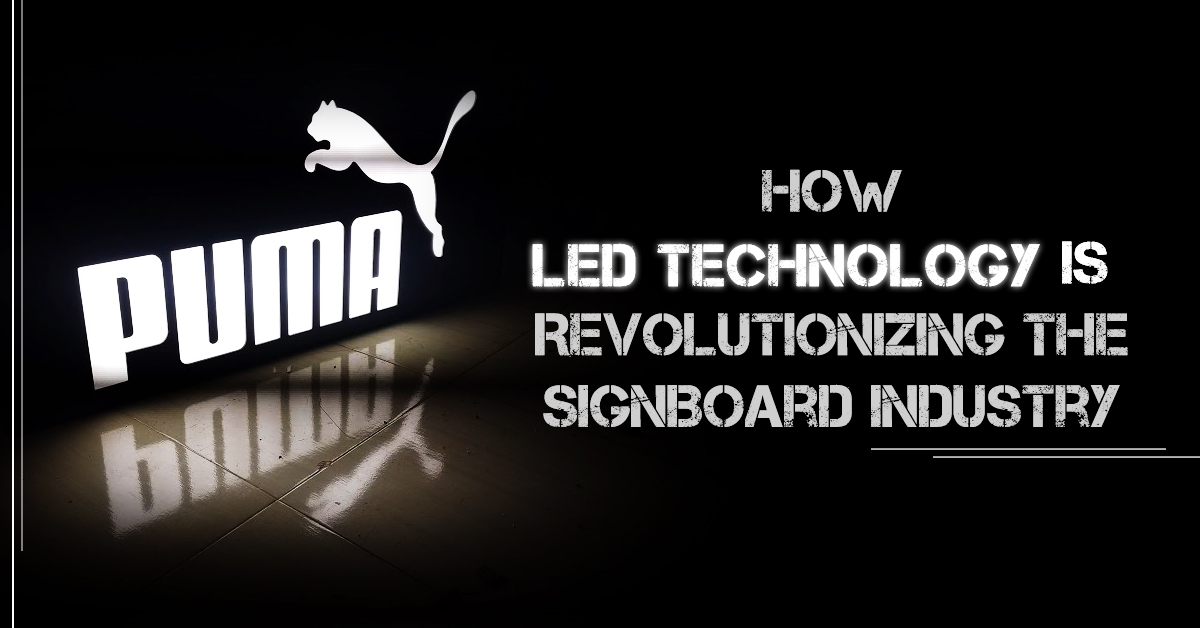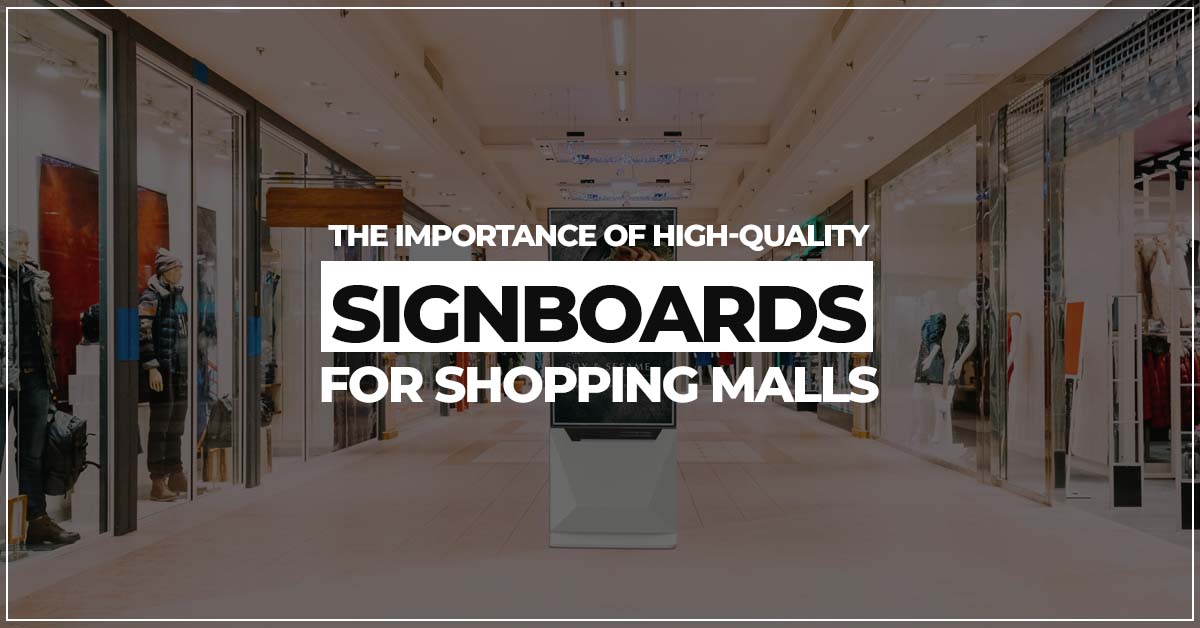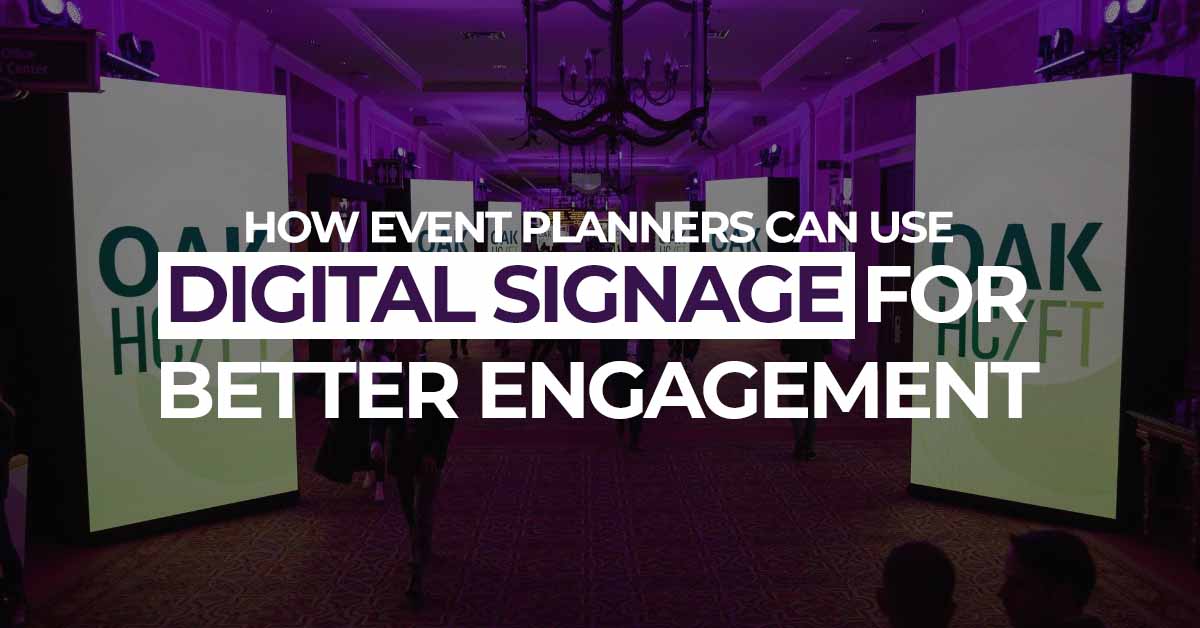In the bustling streets of modern cities, signs are not merely markers but vibrant expressions of communication. From guiding us through the labyrinth of urban landscapes to beckoning us towards businesses, signs play a pivotal role in our daily lives. At the heart of this transformative industry lies a beacon of innovation: Light Emitting Diode (LED) technology. In this blog by Hitech Vision, we delve into the impact of LED technology on the sign board industry, unraveling its evolution, advantages, and future prospects.
Evolution of Signage:
Signage has evolved from the humble beginnings of hand-painted wooden boards to the dazzling digital displays of today. Traditional signboards relied on materials like wood, metal, and neon tubes to convey messages. While effective in their own right, these signs had limitations in terms of flexibility, energy efficiency, and maintenance. However, the advent of LED technology heralded a new era of signage, marked by versatility, energy efficiency, and dynamic visual appeal.
The Rise of LED Technology:
LEDs are semiconductor devices that give out light when an electric current passes through them. Initially developed in the 1960s, LEDs were primarily used as indicator lights in electronic devices. However, advancements in semiconductor technology paved the way for brighter, more efficient LEDs suitable for a wide range of applications, including signage.
The Advantages of LED Signage:
LED technology offers many advantages over traditional signage Chennai, making it the preferred choice for businesses worldwide:
-
Energy Efficiency:
LEDs use less energy unlike traditional lighting sources, translating to lower electricity bills and reduced carbon footprint. This makes them a sustainable option for businesses looking to minimize their environmental impact.
-
Longevity:
LED signs have an impressive lifespan compared to conventional signage. With a lifespan of 50,000 to 100,000 hours, LEDs outlast traditional incandescent bulbs and neon lights by a wide margin. This longevity translates to lesser maintenance costs and enhanced reliability for businesses.
-
Flexibility:
LED signage is highly customizable, allowing businesses to create dynamic displays with vibrant colors, animations, and variable content. Whether it’s a static logo or a scrolling message, LEDs offer unparalleled flexibility in conveying information to customers.
-
Brightness and Visibility:
LEDs produce intense, uniform illumination, ensuring maximum visibility even in bright outdoor environments or low-light conditions. This enhanced visibility attracts attention and reinforces brand recognition, driving foot traffic and boosting sales.
-
Environmental Benefits:
Unlike traditional signage methods that rely on hazardous materials like mercury in fluorescent tubes or toxic gases in neon lights, LEDs are eco-friendly and are not a risk to the environment or human health. This goes with the growing consumer demand for sustainable business practices.
Applications of LED Signage:
LED technology has permeated various sectors of the sign board industry, revolutionizing the way businesses communicate with their audience. Some common applications include:
-
Outdoor Advertising:
LED billboards and digital displays have become ubiquitous in urban landscapes, captivating audiences with dynamic content and high-resolution graphics. From promoting products to broadcasting live events, outdoor LED signage offers unparalleled visibility and impact.
- Retail Signage:
Retailers leverage LED sign boards in Chennai signs to attract customers, advertise promotions, and enhance the overall shopping experience. LED displays allow for eye-catching visuals and real-time updates, driving impulse purchases and increasing brand engagement.
-
Wayfinding Systems:
LED signs play a crucial role in guiding people through complex environments such as airports, shopping malls, and hospitals. Interactive LED displays provide real-time directions, information about amenities, and emergency notifications, improving visitor experience and safety.
-
Architectural Lighting:
LEDs are increasingly integrated into architectural elements such as façades, canopies, and monument signs to create visually stunning lighting effects. Programmable LEDs allow designers to unleash their creativity, transforming buildings into illuminated landmarks.
Future Trends and Innovations:
As LED technology continues to evolve, several trends are shaping the future of the sign board industry:
-
Miniaturization:
Advancements in LED manufacturing techniques are leading to the development of smaller, more compact LED modules, enabling finer pixel pitches and higher resolution displays.
-
Smart Signage:
IoT (Internet of Things) integration is revolutionizing signage by enabling real-time data analytics, remote monitoring, and personalized content delivery based on audience demographics and behavior.
-
Sustainability:
With increasing emphasis on environmental sustainability, LED signage manufacturers are focusing on developing energy-efficient products using eco-friendly materials and recyclable components.
-
Augmented Reality:
LED signage combined with augmented reality (AR) technology promises to create immersive brand experiences, blurring the lines between physical and digital advertising mediums.
Conclusion:
LED sign boards Chennai has emerged as a game-changer in the sign board industry, offering unparalleled benefits in terms of energy efficiency, longevity, flexibility, and visual impact. From vibrant outdoor billboards to interactive retail displays, LED signage has become an indispensable tool for businesses seeking to captivate audiences and drive engagement. As technology continues to advance, the future of LED signage holds exciting possibilities, paving the way for innovative applications and immersive brand experiences in the digital age.






